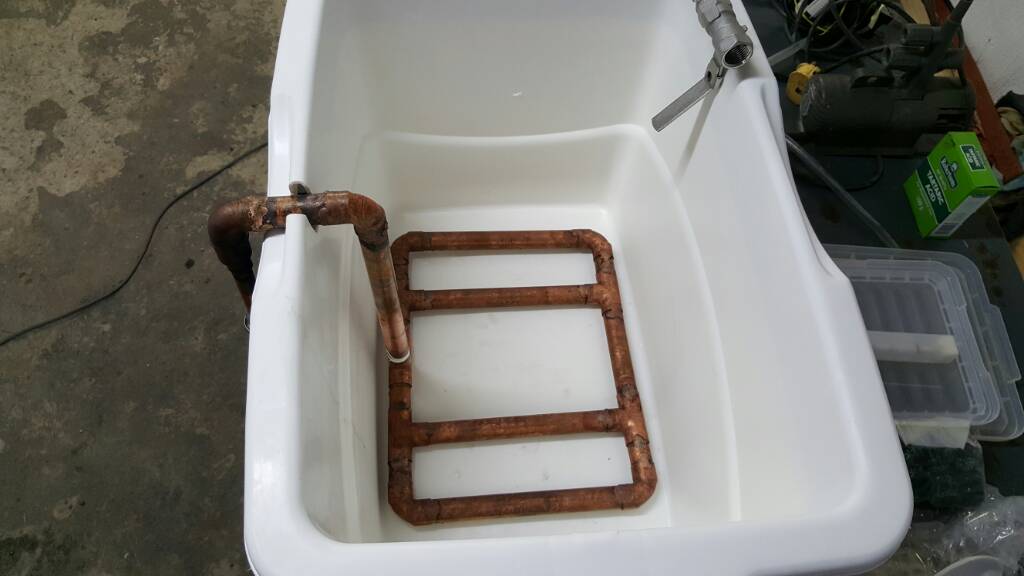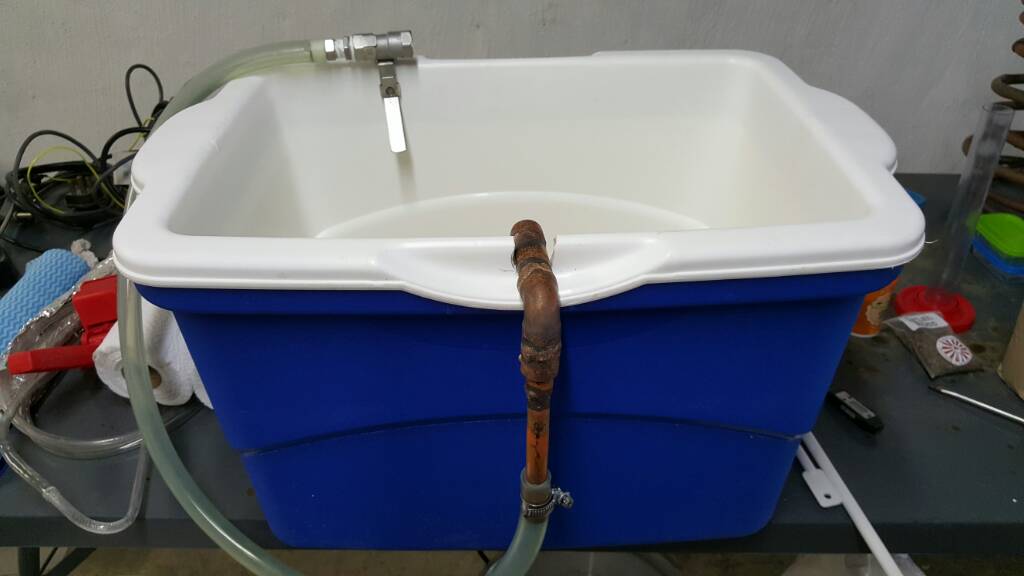Tony1951
Bungling Amateur
I butchered a tap fitting that B&Q were selling in a clearance sale (�ã1, I think) to get the braid, then used a compression tee to hold the ends:
PICTURE
The copper pipe is only slid into the tee, not tightened.
Neat idea that. There are a million ways to do this stuff. How do you insulate that tun?




























![BREWING THERMOMETER STICKERS ACCURATELY MONITOR FERMENTING BEER & WINE LIQUID TEMPERATURES 5PCS HOME BREW SPIRITS WINE LCD ADHESIVE [US]](https://m.media-amazon.com/images/I/311DDjo2X3L._SL500_.jpg)















